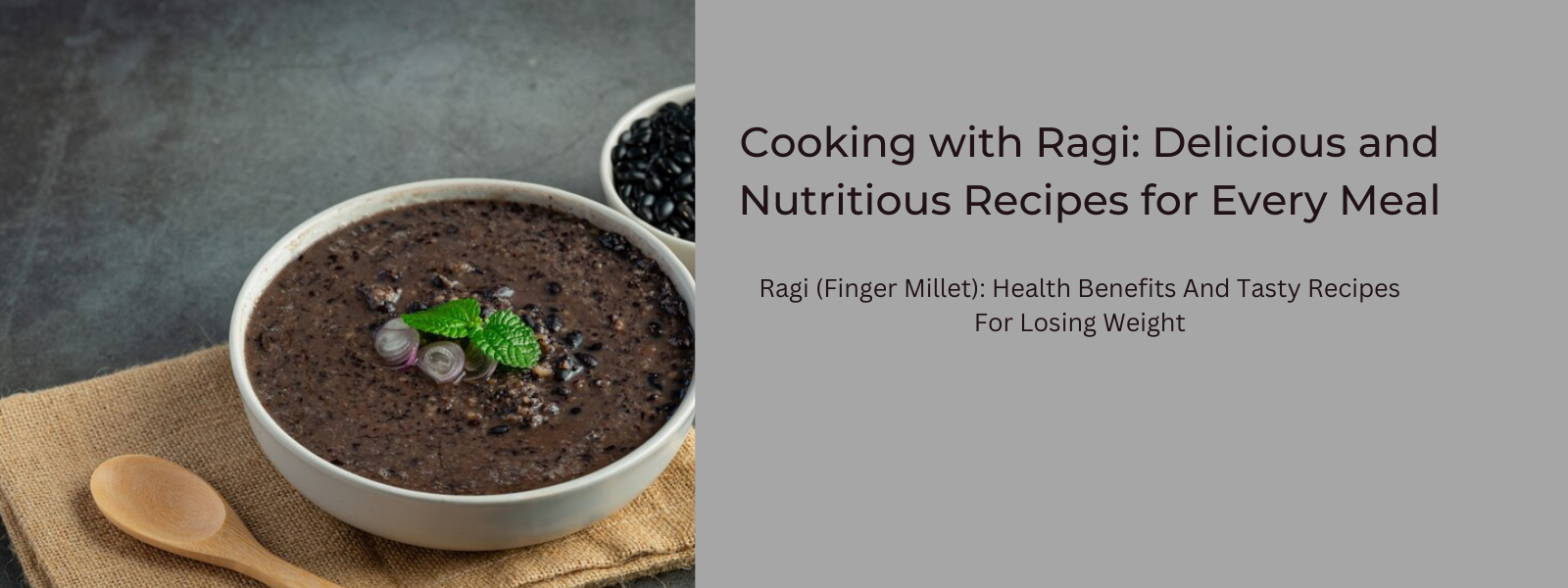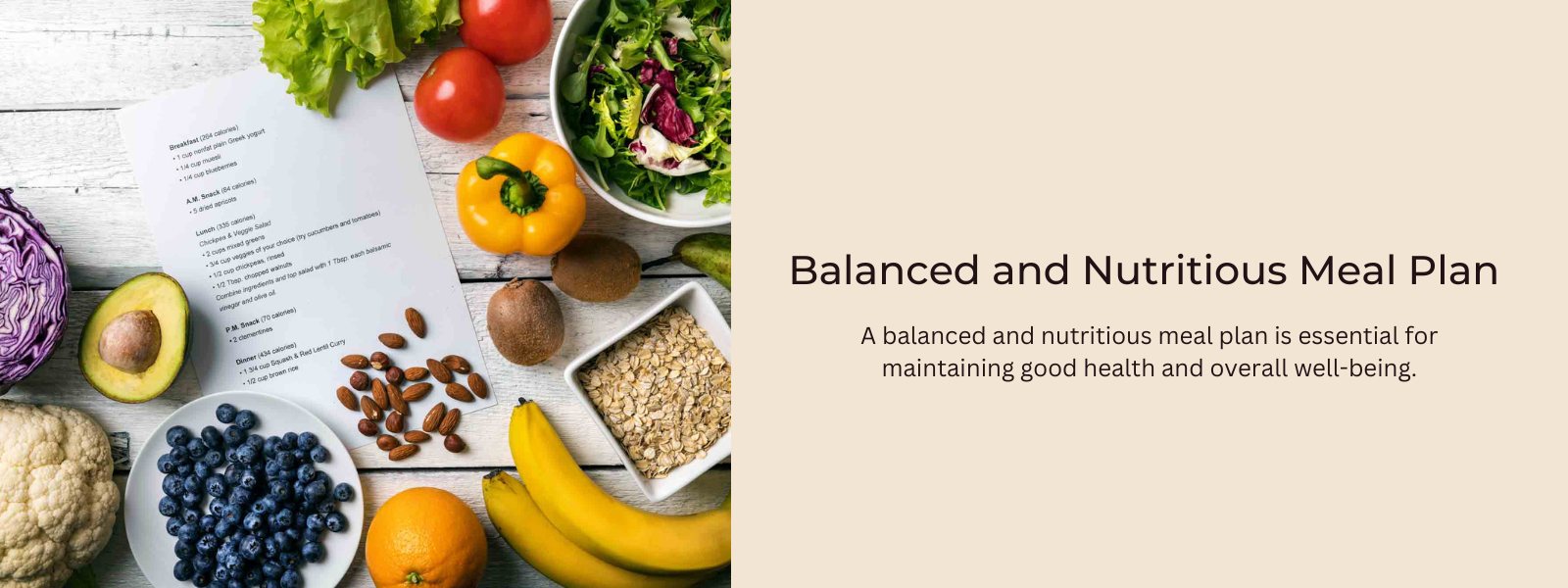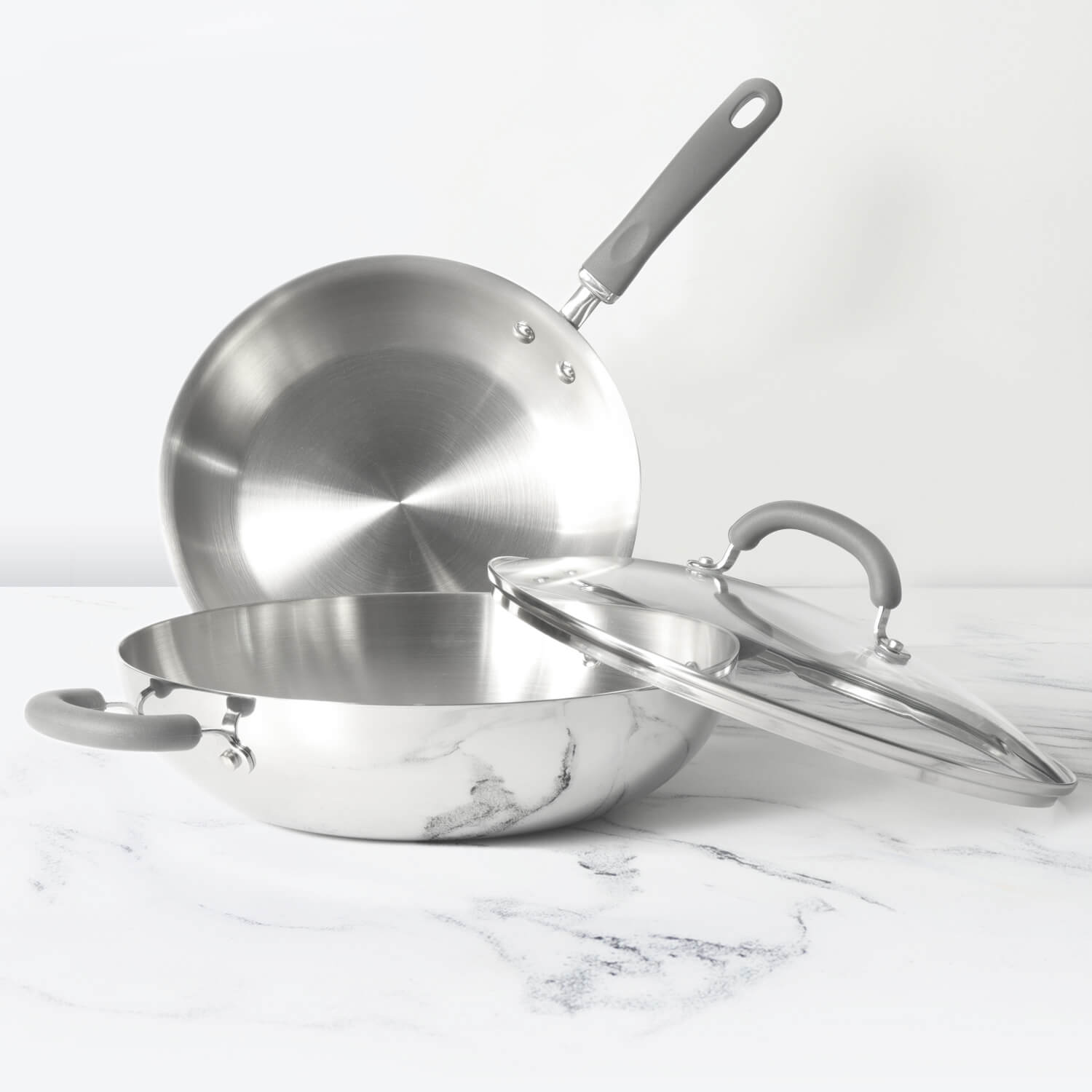Pasta is a staple food made from durum wheat flour or semolina, which are rich in carbohydrates. Carbohydrates in pasta primarily come from starch, a complex carbohydrate that provides a steady source of energy for the body. The carb content of pasta dishes varies depending on factors such as the type of pasta used, portion size, and ingredients in the sauce.
Table of Contents
Popular Types Of Pasta:
There are countless varieties of pasta dishes enjoyed worldwide, each offering unique flavors, textures, and ingredients. Here are some popular types of pasta dishes from various culinary traditions:
- Spaghetti Bolognese: A classic Italian dish featuring spaghetti pasta topped with a rich, meaty Bolognese sauce made with ground beef or pork, tomatoes, onions, carrots, celery, garlic, and herbs.
- Fettuccine Alfredo: Originating from Italy, this dish consists of fettuccine pasta tossed in a creamy Alfredo sauce made with butter, heavy cream, Parmesan cheese, and garlic, seasoned with salt, pepper, and nutmeg.
- Lasagna: A hearty Italian baked pasta dish made with layers of lasagna noodles, marinara sauce, ricotta cheese, mozzarella cheese, Parmesan cheese, and often ground meat such as beef or sausage.
- Penne alla Vodka: A popular Italian-American pasta dish featuring penne pasta cooked in a creamy vodka-infused tomato sauce made with tomatoes, heavy cream, vodka, garlic, onions, and crushed red pepper flakes.
- Carbonara: An Italian pasta dish originating from Rome, carbonara features spaghetti or rigatoni pasta coated in a creamy sauce made with eggs, Pecorino Romano cheese, pancetta or guanciale (cured pork jowl), black pepper, and sometimes garlic.
- Pasta Primavera: A colorful Italian pasta dish consisting of spaghetti or fettuccine tossed with a variety of fresh spring vegetables such as bell peppers, tomatoes, zucchini, broccoli, carrots, and peas, in a light olive oil or cream-based sauce.
- Ravioli: A type of filled pasta originating from Italy, ravioli consists of square or round pockets of pasta dough stuffed with a variety of fillings such as cheese, meat, vegetables, or seafood, served with a sauce like marinara, Alfredo, or brown butter sage sauce.
- Pad Thai: A popular Thai noodle dish made with stir-fried rice noodles, eggs, tofu, shrimp, or chicken, seasoned with a combination of sweet, sour, and savory flavors from ingredients like tamarind paste, fish sauce, palm sugar, lime juice, garlic, shallots, and chili peppers, garnished with peanuts, bean sprouts, and cilantro.
- Pasta Salad: A versatile dish made with cooked pasta, typically fusilli or penne, combined with a variety of vegetables, proteins, and dressings such as Italian vinaigrette, mayonnaise, or pesto, served chilled as a refreshing side or main dish.
- Macaroni and Cheese: A beloved comfort food consisting of cooked macaroni pasta tossed in a creamy cheese sauce made with a combination of cheeses such as cheddar, Gruyère, or American, baked until bubbly and golden brown.
Types of Pasta and Their Carb Content:
Different types of pasta vary in their carbohydrate content. For example, standard cooked pasta contains approximately 25-30 grams of carbohydrates per 1-cup serving. However, whole wheat pasta may contain slightly more carbohydrates due to its higher fiber content, which ranges from 35-40 grams per 1-cup serving. Additionally, pasta made from legumes or alternative grains like quinoa or brown rice may have different carb contents.
Approximate carbohydrate content per 1-cup serving:
Here's the approximate carbohydrate content per 1-cup serving of some popular types of cooked pasta:
- Spaghetti (Standard):
- Carbohydrates: Approximately 25-30 grams
- Whole Wheat Spaghetti:
- Carbohydrates: Approximately 35-40 grams
- Fettuccine (Standard):
- Carbohydrates: Approximately 25-30 grams
- Whole Wheat Fettuccine:
- Carbohydrates: Approximately 35-40 grams
- Penne (Standard):
- Carbohydrates: Approximately 25-30 grams
- Whole Wheat Penne:
- Carbohydrates: Approximately 35-40 grams
- Rotini (Standard):
- Carbohydrates: Approximately 25-30 grams
- Whole Wheat Rotini:
- Carbohydrates: Approximately 35-40 grams
- Macaroni (Standard):
- Carbohydrates: Approximately 25-30 grams
- Whole Wheat Macaroni:
- Carbohydrates: Approximately 35-40 grams
Carb Content of Pasta Sauces:
The carbohydrate content of pasta dishes is not only influenced by the pasta itself but also by the sauce used. Creamy sauces like Alfredo or carbonara tend to be higher in carbohydrates due to ingredients like cream, cheese, and flour used to thicken the sauce. Tomato-based sauces, such as marinara or arrabbiata, are generally lower in carbohydrates but may still contain added sugars or starches.
Adding Vegetables and Proteins:
Incorporating vegetables and proteins into pasta dishes can affect the overall carb content. Vegetables like broccoli, spinach, peppers, and tomatoes add fiber and nutrients while contributing minimal carbohydrates. Protein sources such as chicken, shrimp, tofu, or beans can also impact the carb content, as they provide satiety and balance to the meal.
Considerations While Having Pasta:
Managing portion sizes is essential for controlling carb intake in pasta dishes. Opting for smaller portion sizes or using alternatives like spiralized vegetables (zoodles) can help reduce the overall carb content of the meal while still providing a satisfying dish. Additionally, balancing pasta with protein, fiber-rich vegetables, and healthy fats can help stabilize blood sugar levels and promote fullness.
When preparing pasta dishes, focus on incorporating nutrient-dense ingredients to enhance the overall nutritional value. Choose whole grain or legume-based pasta for added fiber and protein, and opt for homemade or low-sugar sauces to reduce unnecessary carbohydrates. Incorporate a variety of colorful vegetables, lean proteins, and healthy fats to create a well-balanced meal that satisfies both taste and nutritional needs.
Conclusion:
While pasta dishes can be a delicious and satisfying meal option, it's essential to be mindful of the carb content and choose ingredients that align with your dietary goals and preferences. By understanding the carb content of pasta and its accompaniments, making informed choices, and practicing portion control, you can enjoy pasta dishes as part of a balanced diet while supporting your overall health and wellness.










Leave a comment